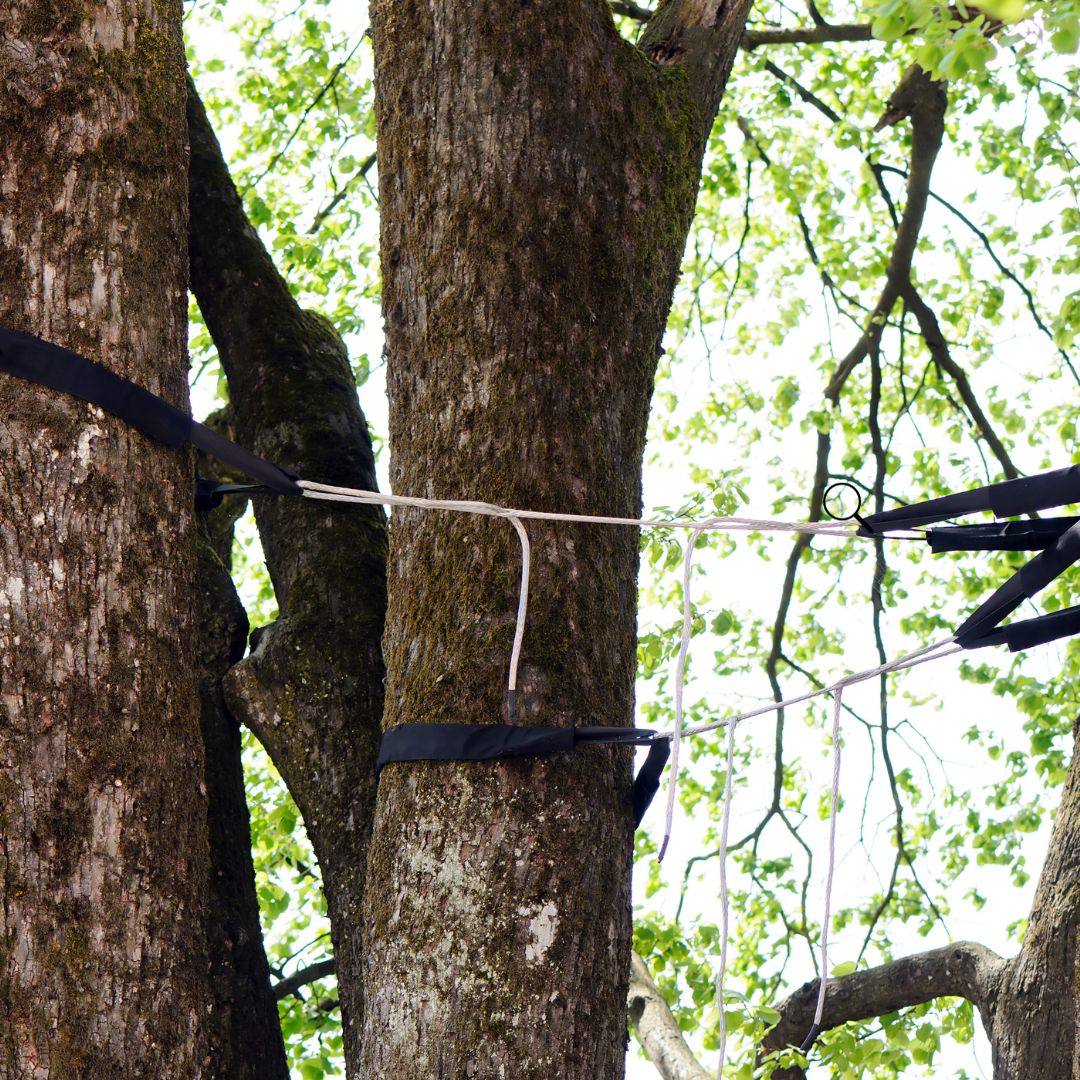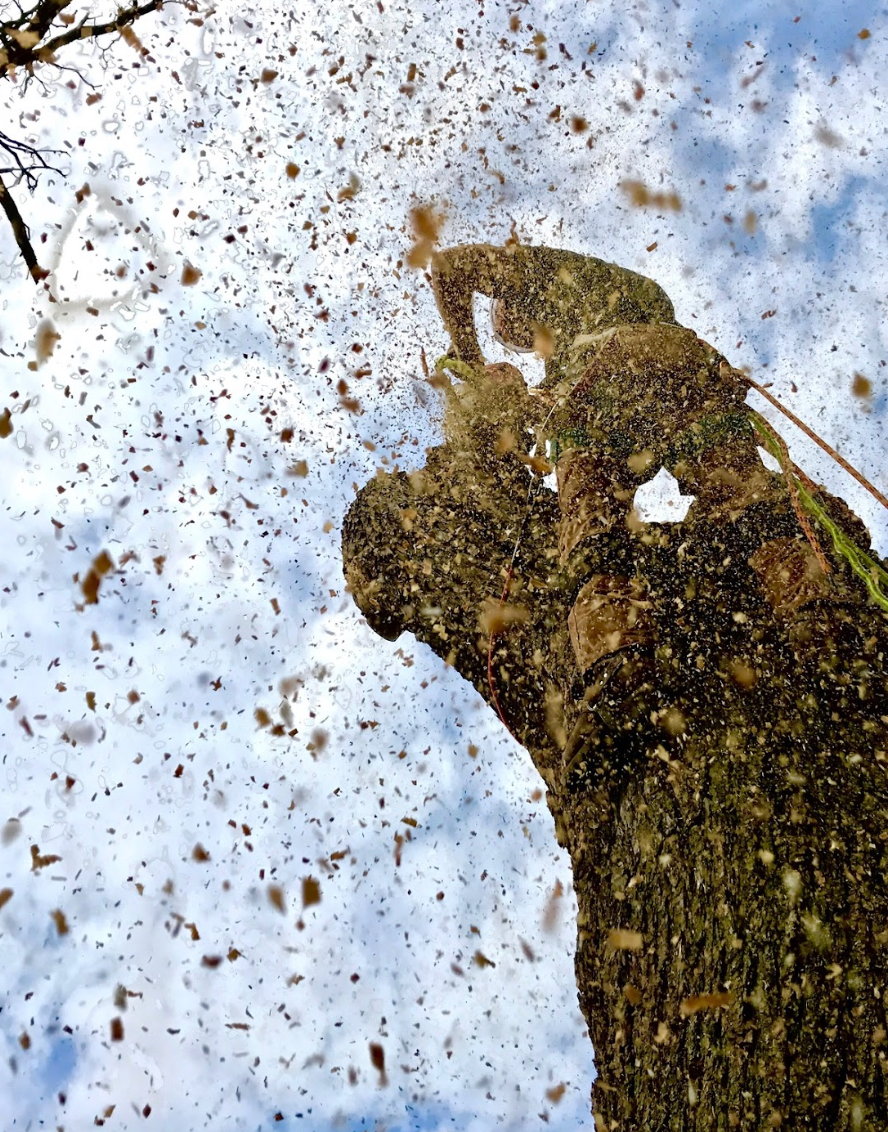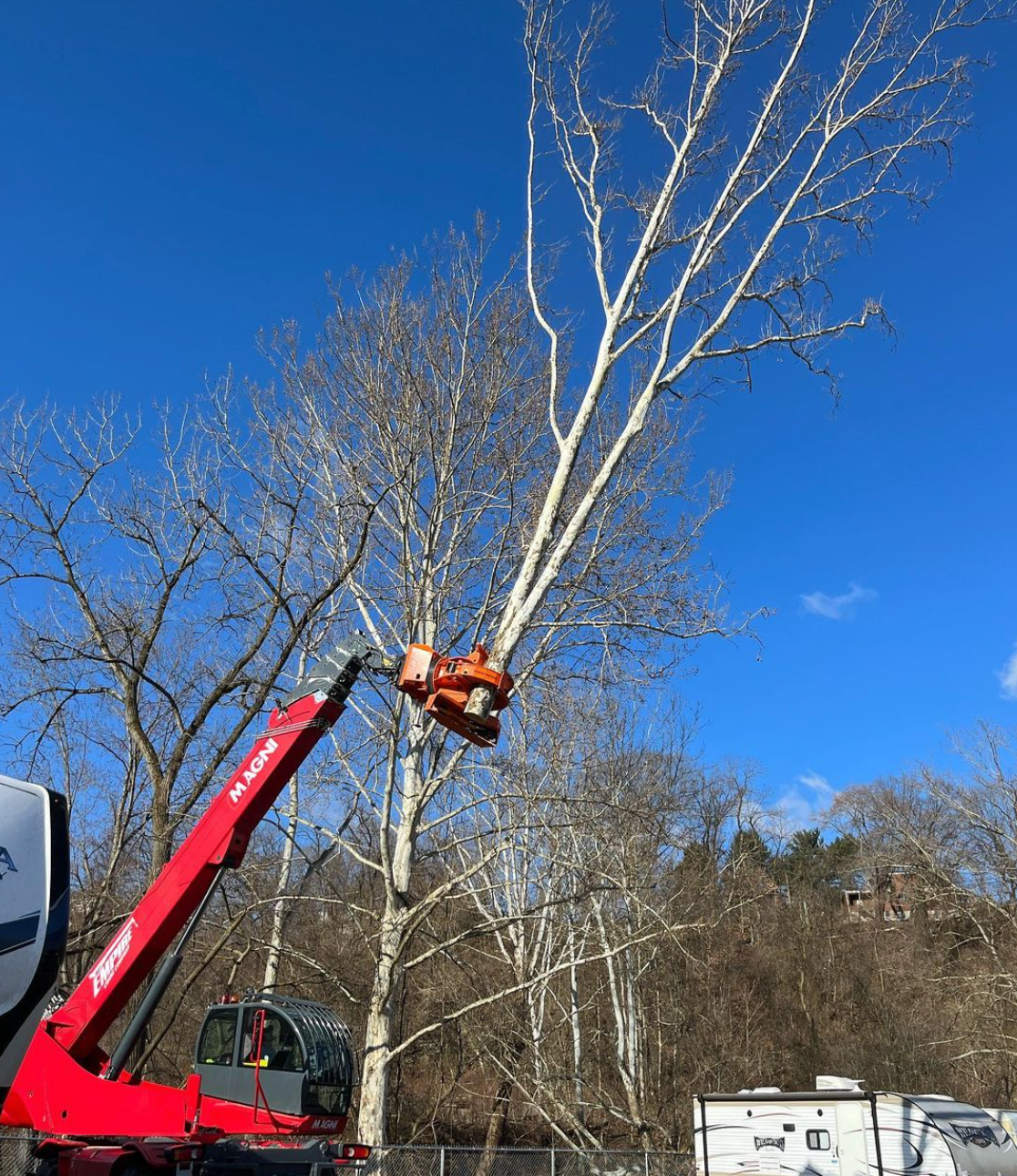
Tree Cabling: Embracing the Majesty
Trees play a crucial role in our environment, adding to the beauty of our landscapes. Yet, these majestic giants occasionally need extra help to stay healthy and safe. That's where tree cabling and preservation techniques come into play! These methods actively safeguard and strengthen trees. Dive into this blog to explore the importance of tree cabling, grasp its pivotal role in supporting these green guardians, and marvel at the remarkable outcomes it achieves.
During harsh weather, big, old trees with heavy branches can be dangerous. Falling branches might harm people or property. But we take action! We check trees carefully, find weak spots, and put in cables or braces. This way, these tall trees can handle storms without risking anyone's safety.Working with an arborist in a specialized field
Tree cabling and preservation is a specialized field requiring a deep understanding of tree biology and structural dynamics. This is where the expertise of a certified arborist becomes invaluable. Arborists are trained to assess the unique needs of each Tree and determine the most appropriate methods for support and maintenance. Consulting with an arborist is the first and crucial step in ensuring the health and preservation of your cherished trees.
"Cabling is an essential measure taken to ensure your trees' safety. Whether a large oak or prized Japanese maple cabling supports weak crotches, it also prevents large sections of trees from crashing to the ground, causing damage, injury, and even death. Cables should installed by a trained professional. A qualified arborist can assess your trees and tell you if they need cable installation. Cables are an ounce of protection that save lives and property."
This method of protecting your trees can do more than just keep trees healthy and safe. They're also great for the environment! Trees give us oxygen, clean the air, and give animals homes. They make our world look beautiful and peaceful, too! The lush, green canopy of trees also enhances the aesthetic appeal of our landscapes, making our surroundings more inviting, peaceful, and visually pleasing.
Understanding Tree Cabling
Tree cabling represents an intricate practice specifically designed to offer structural support to trees. Typically, this involves the installation of cables, braces, or bolts, effectively reducing the risk of branch or tree failure. Essentially, tree cabling aims to ensure tree health, bolster safety, and prolong the life of these natural wonders.
The Importance of Tree Cabling
Safety: One of the primary reasons for tree cabling is safety. Trees with weak or unstable branches can threaten people, property, and even the trees themselves. Cabling helps reduce the risk of limb or trunk failure, preventing accidents and property damage.
Longevity: Trees that receive proper cabling can live longer and healthier lives. Addressing structural weaknesses, you help your trees withstand environmental stresses, such as heavy winds or snow.
Aesthetics: Cabling can also contribute to the aesthetic appeal of your landscape. It allows for preserving large, historic, or unique trees that might otherwise need to be removed.
Tree Preservation Techniques
Pruning: Regular pruning is essential for maintaining tree health. Removing dead or diseased branches and maintaining proper canopy balance can prevent the need for cabling in the first place.
Crown Reduction: In some cases, crown reduction can help reduce the load on branches, minimizing the need for cabling.
Support Systems: Cables, braces, or bolts are strategically placed to support weak or potentially hazardous branches. These systems offer a non-invasive way to enhance tree stability.
Selecting the Right Trees
While not every tree necessitates cabling or support, determining the need relies on various factors such as the tree's species, age, condition, and its proximity to structures or high-traffic areas. Seeking guidance from a certified arborist becomes crucial in making accurate assessments for these decisions.
The Role of a Certified Arborist
Consulting with a certified arborist is crucial when considering tree cabling and preservation. They can evaluate your trees, recommend the proper techniques, and ensure the work is carried out correctly and safely.
Tree cabling and preservation play a pivotal role in safeguarding our trees' natural beauty and longevity. By addressing structural weaknesses and enhancing safety, these practices enable us to continue enjoying the grandeur of these green giants. Consulting with a certified arborist is the first step in ensuring the health and preservation of your cherished trees, contributing to the well-being of the environment and your landscape.


